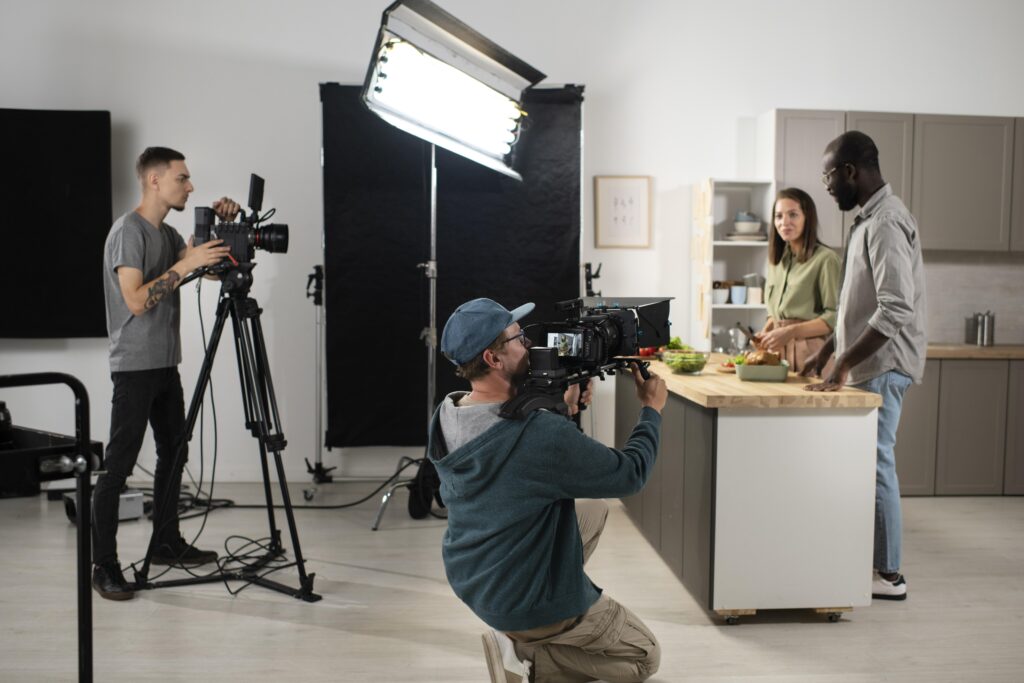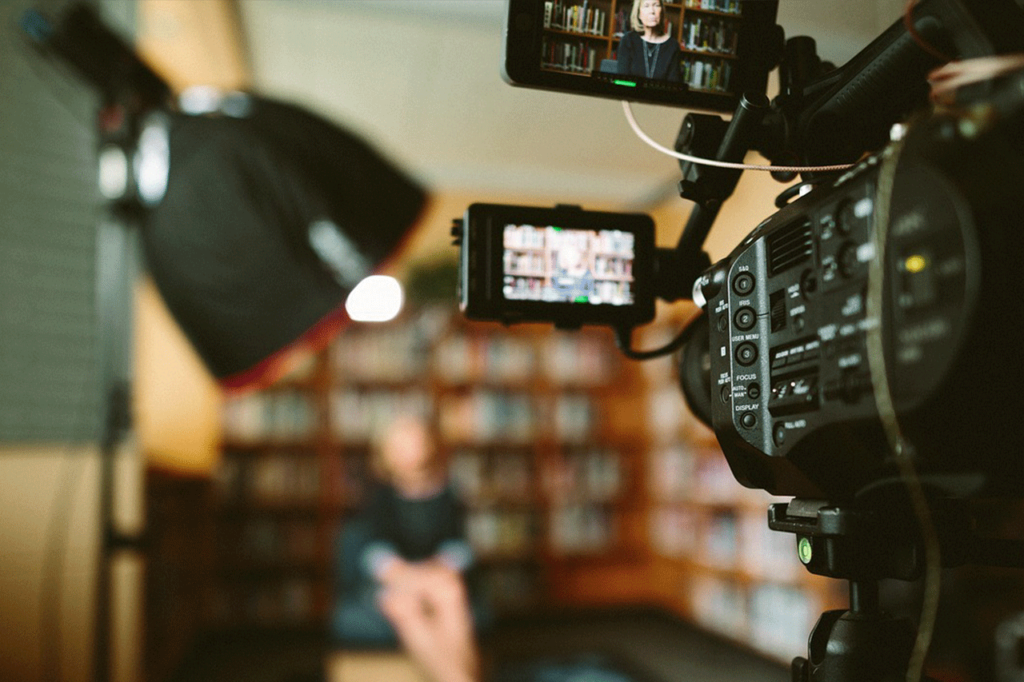Filmmaking is a creative and rewarding process that involves the art of storytelling through the medium of film. Whether you’re a beginner or have some experience, here is a step-by-step guide to help you get started with basic filmmaking.
1. Develop an Idea:
Start by brainstorming and developing a concept for your film. Think about the story you want to tell, the characters you want to create, and the themes you want to explore. Consider what message or emotion you want to convey to your audience.

2. Write a Script:
Once you have your idea, it’s time to write a script. This serves as the blueprint of your film, outlining the structure, dialogue, and actions of each scene. You can use screenwriting software or simply write it out in a document. Focus on writing engaging dialogue and compelling scenes that drive the story forward.

3. Plan Your Shots:
Create a shot list or storyboard that maps out the specific shots you want to capture. This includes details like camera angles, camera movements, and composition. A shot list helps you visualize the film and plan the shooting schedule. It also ensures that you capture all the essential shots and scenes you need.
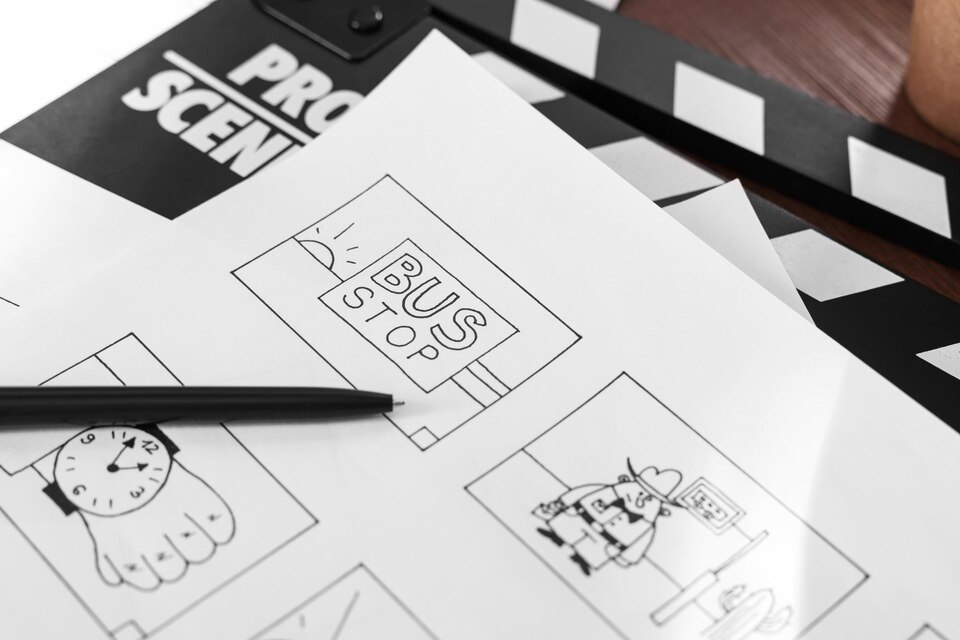
4. Gather Your Equipment:
Depending on your budget and resources, gather the necessary filmmaking equipment. This includes a camera (it can be a DSLR, mirrorless camera, or even a smartphone), a tripod, lighting equipment, audio recording devices, and any other accessories you may need. If you’re on a tight budget, consider borrowing or renting equipment.
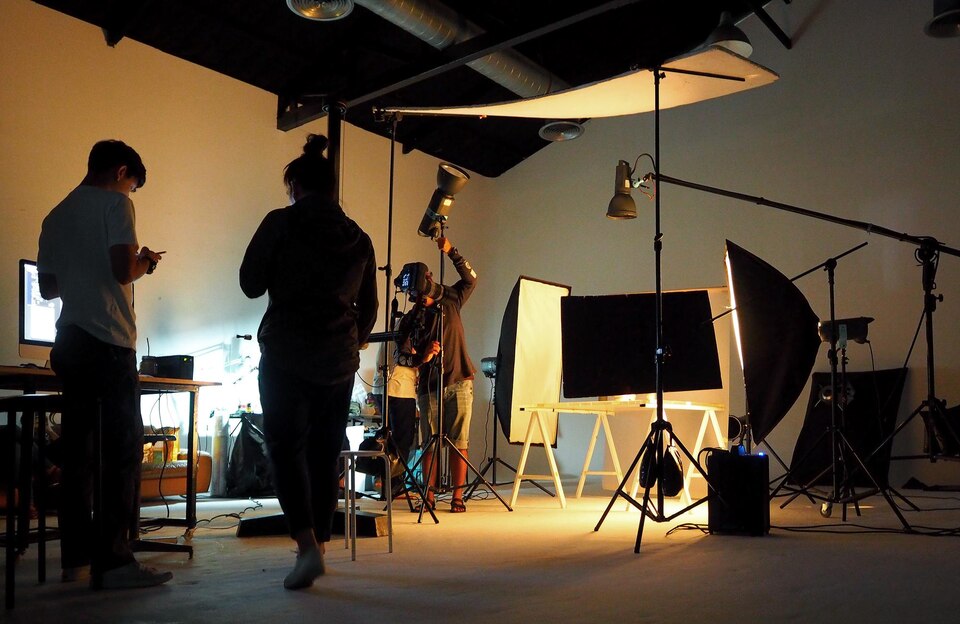
5. Set Up Your Shots:
On the day of the shoot, set up your camera, lights, and audio equipment based on your shot list. Take the time to compose each shot carefully, paying attention to details like lighting, framing, and focus. Experiment with different angles and perspectives to enhance the visual storytelling.
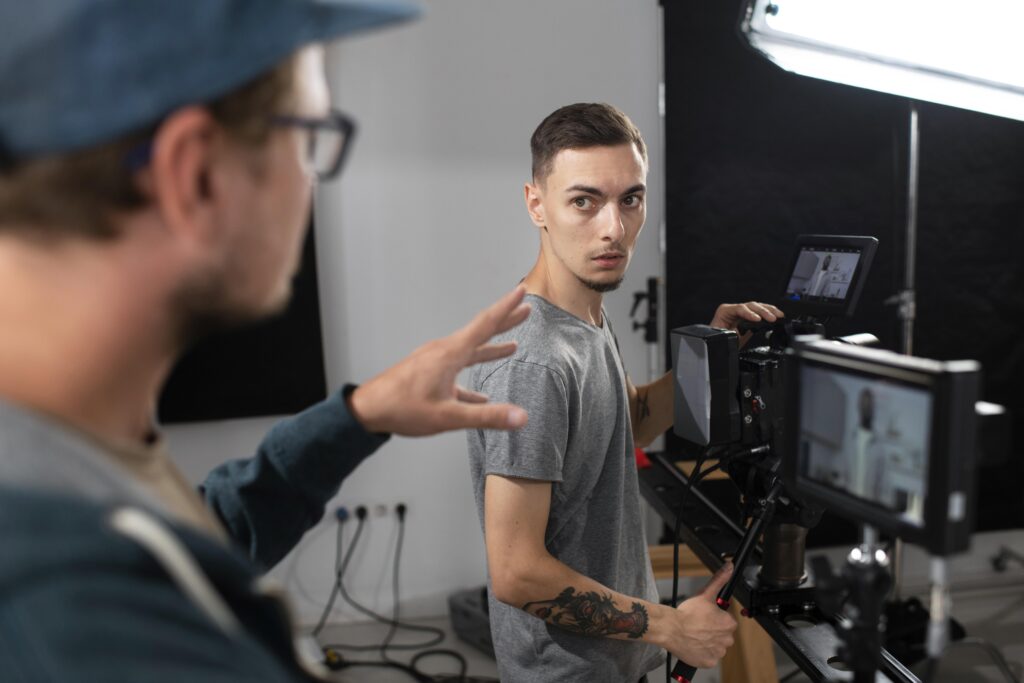
6. Capture Your Footage:
Start recording your scenes, following the script and shot list. Ensure proper exposure, focus, and audio quality. Be mindful of continuity, making sure that actions and props are consistent across different shots. Take multiple takes if needed to ensure you have enough footage to work with during the editing process.
